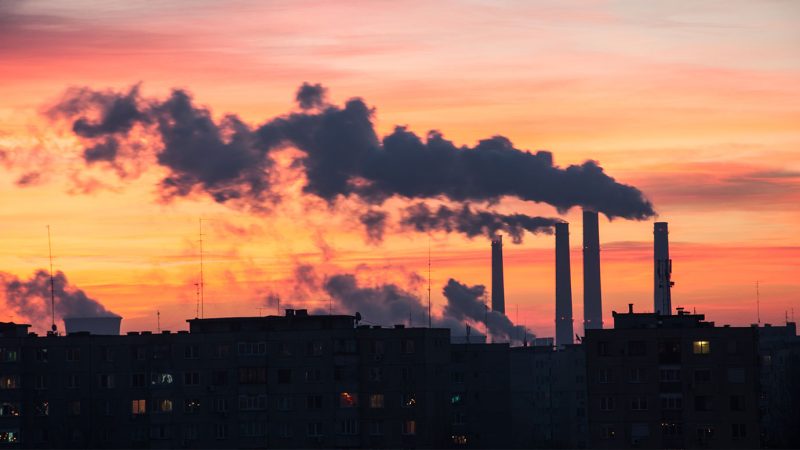Indoors, with HVAC system Malaysia and other proper air filtration systems, you can breathe fresh air and never worry about most pollutants unless you open the window and your business happens to be located somewhere such as an industrial plant.
Outside, air pollutants are inevitable, especially in industrial settings where the air can be deadly enough for your health if industrial productions involve too much processes that aren’t environment-friendly. Common pollutants to be wary of are ozone, nitrogen dioxide, sulphur dioxide and particulate matter.
Ozone (O3)
Ozone is what happens when three oxygen atoms join together rather than two, the latter which forms the basic oxygen (O2) molecule. Found in the Earth’s upper and ground level atmospheres, Ozone is a double edged sword as though it protects us from the sun’s ultraviolet radiation, it is harmful at ground level.
The interaction between sunlight and emissions produced from sources such as motor vehicles and factories results in this ozone that can travel long distances and accumulate at its peak during summer in the afternoon or early evening. Even at low levels, it can still affect you through numerous symptoms such as irritations, inflammations, reduced lung function and exacerbation of diseases such as asthma.
Nitrogen dioxide (N02)

Nitrogen dioxide is the result from emissions from sources such as motor vehicles, industry and gas stove tops. Near busy roads and indoors where unflued gas heaters are used, high concentrations are imminent. Cooking with gas and cigarettes are also indoor sources of nitrogen dioxide.
Nitrogen dioxide also contributes to the formation of ground-level ozone and particulate matter pollution outside. Besides being a respiratory irritant, nitrogen dioxide brings in numerous side effects including increased susceptibility to asthma triggers and infections, as well as airway inflammation.
Sulphur dioxide (S02)
Sulphur dioxide is recognized by its pungent, irritating smell, and is formed by fossil fuel combustion at power plants and other industrial facilities.
Sulphur gases are naturally formed through the decomposition and combustion or organic matter, spray from the sea and volcanic eruptions. Sulphur dioxide irritates the linings of the nose, throat and lung and may make respiratory illnesses such as asthma worse. Cardiovascular diseases can also be exacerbated by sulphur dioxide.
Particulate Matter
Particulate matter, particle pollution or PM, are extremely small solid particles and liquid droplets suspended in air. It is made up of various components including nitrates, sulfates, organic chemicals, metals, soil or allergens like mold spores. Like other air pollutants, this type can also come from sources such as motor vehicles, wood burning heaters and industry.
There are two types of particulate matter that are categorized by size: PM10 and PM2.5. PM10 are particles with a diameter of 10 micrometers or less, and are able to pass through the throat and nose and enter the lungs. The heart and lungs can be affected by health problems once inhaled.
Meanwhile, PM2.5 are particles with a diameter of 2.5 micrometers or less, and thanks to its smaller size, it can go as far as penetrating themselves into the lungs and bloodstream. PM10 is also included in PM10. The longer the exposure to PM2.5 over years, the higher the chance of being affected by severe health effects.






